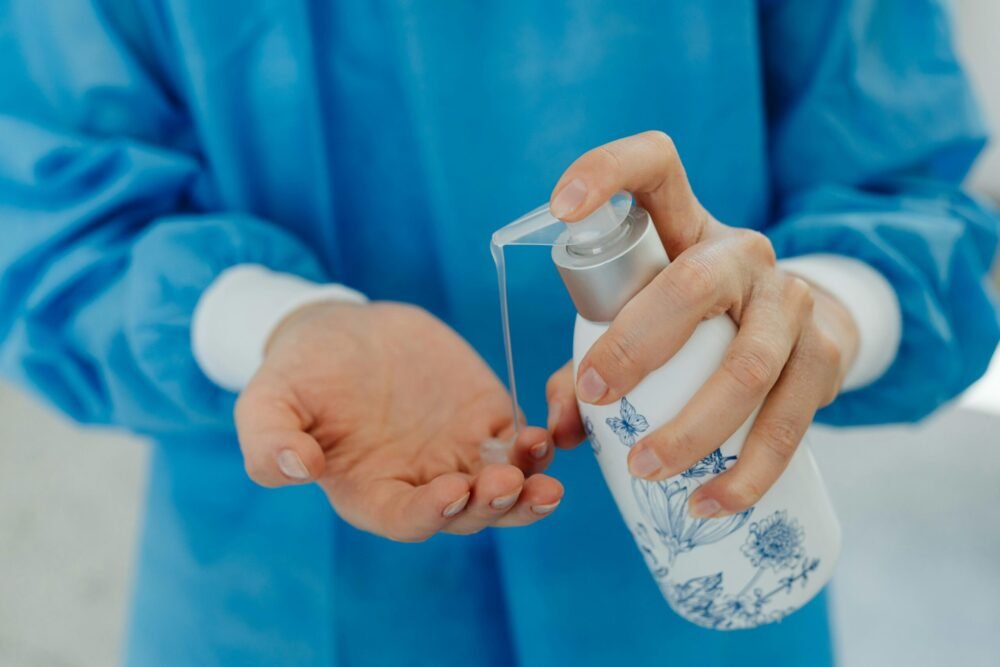Innovative Solutions for Psoriasis: Harnessing Silver Ion and Chitin Technologies Discover how cutting-edge Silver Ion and Chitin technologies are revolutionizing psoriasis treatment, offering hope and relief with their unique properties. Psoriasis, a chronic autoimmune skin condition, affects millions worldwide, causing red, scaly patches that can be both physically uncomfortable and emotionally taxing. Traditional treatments, while […]
Discover how innovative Silver Ion and Chitin technologies are revolutionizing eczema care, offering promising solutions for those seeking relief. Eczema, a chronic inflammatory skin condition, affects millions worldwide, causing discomfort, irritation, and a significant impact on quality of life. As we strive for more effective and sustainable treatments, silver ion and chitin technologies have emerged […]
At Doctor Silver Ion, we are passionate about exploring cutting-edge technologies that enhance health and well-being. One such remarkable advancement is silver ion technology, a powerful antimicrobial solution that has been transforming the treatment of various diseases. In this blog post, we delve into the science behind silver ions, the diseases they help treat, and […]
Introduction At the intersection of history and modern science lies the remarkable story of silver ions and their antimicrobial prowess. For centuries, silver has been revered not just for its beauty but also for its ability to combat infections. Today, as antimicrobial resistance becomes a pressing global concern, silver ions are once again in the […]
When it comes to advancing materials science and biotechnology, the combination of silver ions and chitin formation stands out as a promising frontier. At our core, we’re passionate about unraveling the intricate interactions between these two elements and showcasing their transformative outcomes. Whether you’re a researcher, a sustainability enthusiast, or simply curious about cutting-edge innovations, […]

 Türkçe
Türkçe Deutsch
Deutsch





